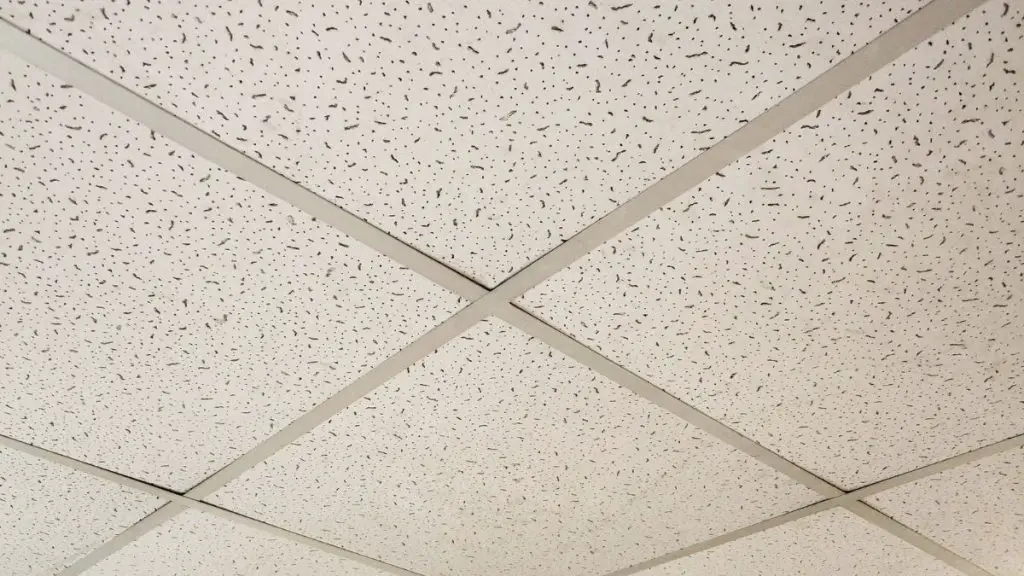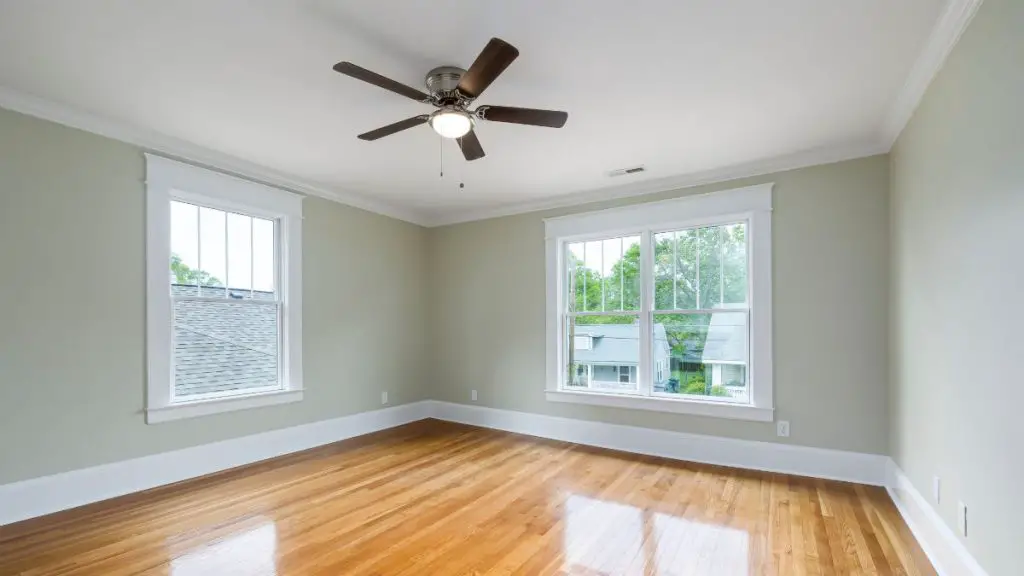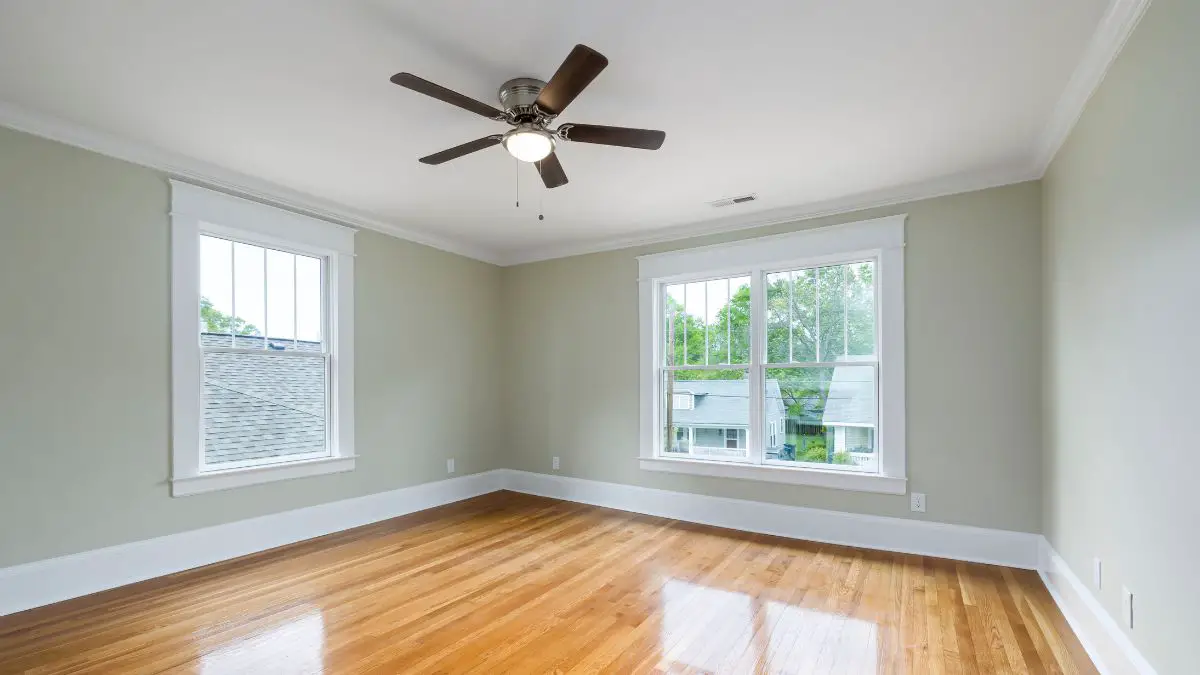Are you planning to remodel your home and trying to decide between a drop ceiling or a drywall ceiling? No matter what type of ceiling design you choose, it can still look beautiful! So if you’re trying to figure out which would work best in your space, read on as we explore the differences between drop ceilings and drywall ceilings.
What is a Drop Ceiling?

Drop ceilings, also known as suspended or false ceilings, are made of panels that hang from the ceiling to create a grid-like look.
Drop ceilings consist of metal tracks and wires that suspend tiles made of plastic or mineral fiber.
This type of ceiling is often found in commercial spaces such as offices, restaurants, and schools.
Advantages of Drop Ceilings
- Easy Installation: Drop ceilings are relatively easy to install, which makes them a great choice for DIYers or those with limited experience in remodeling.
- Accessibility: You can easily access the area above the ceiling by simply removing some panels and tiles. This makes it easier to make repairs or changes without having to take down the entire ceiling.
- Noise Reduction: Drop ceilings are great for noisy spaces as they help absorb sound, making it easier to carry on conversations without being interrupted by loud noises.
- Cost Effective: The materials for drop ceilings are relatively inexpensive compared to other types of ceiling designs, making them a more cost-effective option.
Disadvantages of Drop Ceilings
- Limited Design Options: You may be limited in drop ceilings’ design or customization options.
- Difficult to Repair: If one of the panels is damaged, you will need to replace the entire panel instead of just a portion. This can make repairs difficult and time-consuming.
- Visible Ugly Support Structures: The support structures that hold the suspended ceiling in place are often visible, which can give an unsightly appearance.
What is a Drywall Ceiling?

A drywall ceiling is made of sheets of gypsum board attached to the ceiling joists and finished with a thin layer of plaster.
This type of ceiling is commonly found in residential homes, offering more design options than drop ceilings.
Advantages of Drywall Ceilings
- More Design Options: With a drywall ceiling, you can add more detail to your design by adding crown moldings, textured finishes, and even paint.
- Better Acoustic Quality: The thicker plaster layer used in drywall ceilings helps absorb sound better than drop ceilings, making them ideal for rooms where conversations will take place.
- Easy Maintenance: Maintaining a drywall ceiling is easier since you can patch up any damaged areas with a thin layer of plaster.
Disadvantages of Drywall Ceilings
- Time-Consuming Installation: Installing drywall ceilings is more time-consuming than drop ceilings, making them a better choice for professional remodelers.
- Costly Materials: The materials used in drywall ceilings are more expensive than those used in drop ceilings, making them a pricier option.
- Heavy and Hard to Move: The sheets of gypsum board used in drywall ceilings can be heavy and difficult to move around, especially when trying to make repairs or updates.
The Key Difference Between a Drop Ceiling and Drywall Ceiling
The design is the main difference between a drop ceiling and a drywall ceiling.
Drop ceilings are more basic, offering limited customization options, while drywall ceilings provide more customization options and allow for more intricate designs.
Drop ceilings are easier to install than drywall ceilings, making them a better choice for DIYers or those with limited experience.
Which Ceiling Should You Go With?
The choice between drop ceilings and drywall ceilings depends on your budget and the look you are trying to achieve.
A drop ceiling is the better option if you want a more basic look or have a limited budget.
However, if you want to add more detail to your design with crown moldings or textured finishes, then drywall ceilings are the better choice.
Related Questions
Is drywall or drop ceiling better?
It depends on the look you are trying to achieve and your budget. A drop ceiling is the better option if you want a more basic look or have a limited budget.
However, drywall ceilings are the better choice if you add more detail and texture with crown moldings or textured finishes.
Is it cheaper to do a drywall or drop ceiling?
Drop ceilings are typically cheaper than drywall ceilings since the materials for drop ceilings are more inexpensive.
In addition, drop ceilings are easier to install than drywall ceilings, making them a better choice for DIYers or those with limited experience.
Is it cheaper to do a drop ceiling?
Yes, drop ceilings are typically cheaper than drywall ceilings since the materials used are less expensive.
Furthermore, drop ceiling installation is much easier and faster than drywall installation, making it a good option for DIYers or those with limited experience.
Why do people put drop ceilings in basements?
Drop ceilings are commonly used in basements since they can be installed quickly. Also, drop ceilings allow easy access to wires and pipes and provide insulation that can help keep the basement comfortable.
Final Thoughts
When choosing between a drop ceiling and a drywall ceiling, the decision depends on your budget and desired look.
Drop ceilings are more affordable and easier to install than drywall ceilings, making them ideal for those with limited budgets or experience.
However, if you’re looking for something more intricate and textured, drywall ceilings are the better choice.

